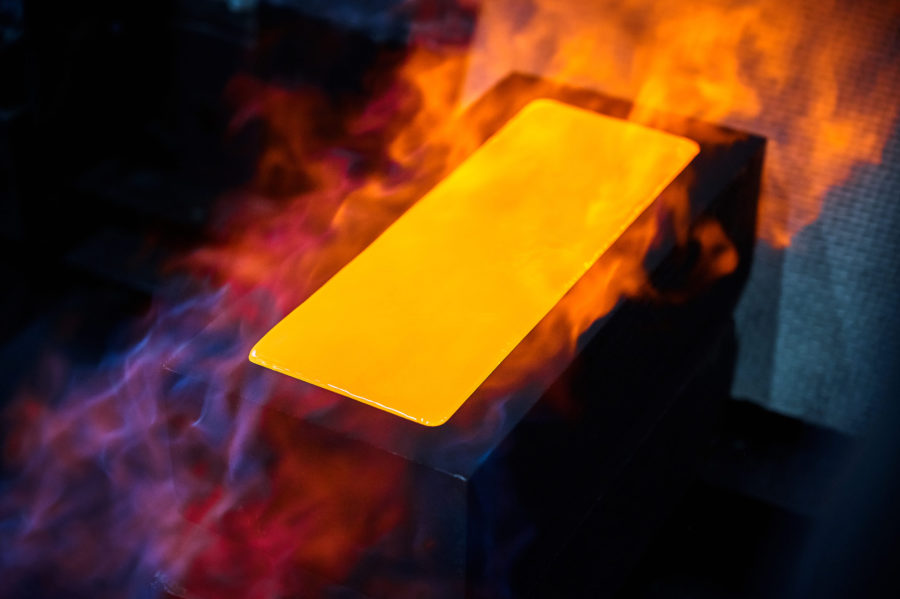The Gold Rush of the1930s will rise again
I am just trying to make sense of the lack of performance in gold shares, in particular in the junior stocks, because I have invested significantly in these issues. I am sure that many of my readers are also concerned about the poor stock price performance of the companies which I have endorsed. So, let me give you my take on the reasons for this and why I still
believe that they will eventually provide us with a significant reward for our patience.
One of the principal reasons that gold shares are underperforming is because the general stock market has done exceptionally well since March 2009. The Dow Jones Industrial Average (DJIA) has risen from a low of 6,470 points to a recent level of 13,289 points, which amounts to an increase of 105% over the past three years. I have demonstrated several times
that the prices of gold bullion and gold shares always work contrary to the general stock market. When stock prices are rising, the price of gold and gold shares always underperform; conversely, when the stock market is falling, over the longer term the prices of gold and gold shares rise. (This is easily recognizable in the Dow/Gold chart, which we update daily on
our website.) Why is this so? The answer is really quite simple. Gold is the money of fear and when stock prices are rising, there is little or no fear in the general marketplace. Investors are enjoying increasing wealth from the rising stock prices and as a consequence don’t need to seek the security of gold and gold stocks.
The Federal Reserve is desperately keen to support rising share price values because it equates such action with positive consumer confidence, which leads to increased consumer spending, which in turn expands the economy. “Higher stock prices will boost consumer wealth and help increase confidence, which can also spur spending. Increased spending will
lead to higher incomes and profits that in a virtuous circle will further support economic expansion.” Ben Bernanke, Federal Reserve Chairman, November 2010. “The economic outlook is going to depend to a very significant extent on what stock prices do. Through stocks comes a wealth effect from realized capital gains.” Alan Greenspan, former Federal Reserve
Chairman, August 18, 2009.
The DJIA is just 6.5% below its record high of 14,200, which was reached in October 2007. How can that be, given that things in America are significantly worse now than they were then? Unemployment is much higher now than it was in 2007. Significantly more American families are now compelled to use food stamps. Several U.S. states, cities and towns are
essentially bankrupt, and the Federal debt has increased from $9.23 trillion (U.S.) in October 2007 to its current level of $15.64 trillion (U.S.), which means to all intents and purposes that the United States is also bankrupt. However, all these dismal facts can’t hold back stock prices. “What those in charge of the system really don’t have a clue about is how they
keep the markets functioning when they don’t dare allow them to reflect the state of economic reality.” The Privateer Indirectly, the Federal Reserve helps boost stock prices by issuing banks interest free loans. The banks can and do use these loans to buy stocks, thus boosting share prices. Directly, the Federal Reserve, through its position in the President’s Working Group on Financial Markets (Plunge Protection Team) intervenes in the equity market whenever share prices come under pressure. There are several examples of this and you can Google them for yourselves.
However, as you should know by now, I am a fervent believer in the concept that all markets are governed by natural law and that is ultimately what determines the direction of stock prices. The official efforts to right the market between October 2007 and March 2009, and there were many of them including the banning of short sales, were to no avail and the DJIA
dropped from 14,700 points to 6,470 points – a 66% loss.
More News
{{ commodity.name }}
{{ post.title }}
{{ post.date }}

Comments